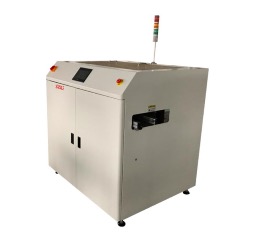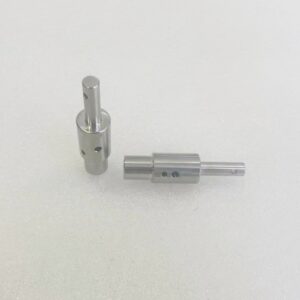Table of Contents
ToggleIntroduction
Surface-Mount Technology (SMT) has revolutionized the electronics industry, enabling more efficient, compact, and reliable circuit board designs. But what exactly is SMT meaning, and why is it so crucial in modern manufacturing? This article provides an in-depth look at SMT, its advantages, and its widespread applications in the electronics sector.
What is SMT Meaning?
SMT, or Surface-Mount Technology, refers to the method of mounting electronic components directly onto the surface of a printed circuit board (PCB), rather than using traditional through-hole techniques. This process eliminates the need for drilling holes, allowing for smaller, faster, and more automated assembly procedures.
In contrast to conventional methods, SMT meaning signifies a shift toward high-density electronics, making it the preferred choice for industries requiring compact and efficient circuit designs.
Advantages of SMT in Electronics Manufacturing
✔ Higher Component Density By using SMT meaning, manufacturers can place more components on a PCB, reducing the overall size of electronic devices while enhancing their functionality.
✔ Improved Performance SMT components generally have shorter electrical paths, which reduces signal interference and improves the speed and efficiency of circuits.
✔ Cost-Effective Production Automated SMT assembly processes are faster and more precise than traditional methods, lowering production costs while maintaining high reliability.
✔ Enhanced Durability Devices built with SMT technology tend to be more resistant to vibrations and external stress, making them ideal for portable and industrial applications.
Applications of SMT in Various Industries
The significance of SMT meaning extends across multiple sectors:
- Consumer Electronics: Smartphones, laptops, and wearables rely on SMT for compact design and efficiency.
- Automotive Industry: Modern vehicles incorporate SMT-based sensors and control systems for improved performance.
- Medical Equipment: Precise and reliable electronic components in medical devices are largely manufactured using SMT technology.
- Telecommunications: High-speed networking devices and communication tools leverage SMT for enhanced signal processing.
Conclusion
Understanding SMT meaning is essential for grasping the fundamentals of modern electronics manufacturing. As industries continue to demand faster, smaller, and more efficient devices, SMT remains a cornerstone of technological innovation. Whether in consumer gadgets, automotive systems, or medical equipment, SMT plays a vital role in shaping the future of electronics.
0




